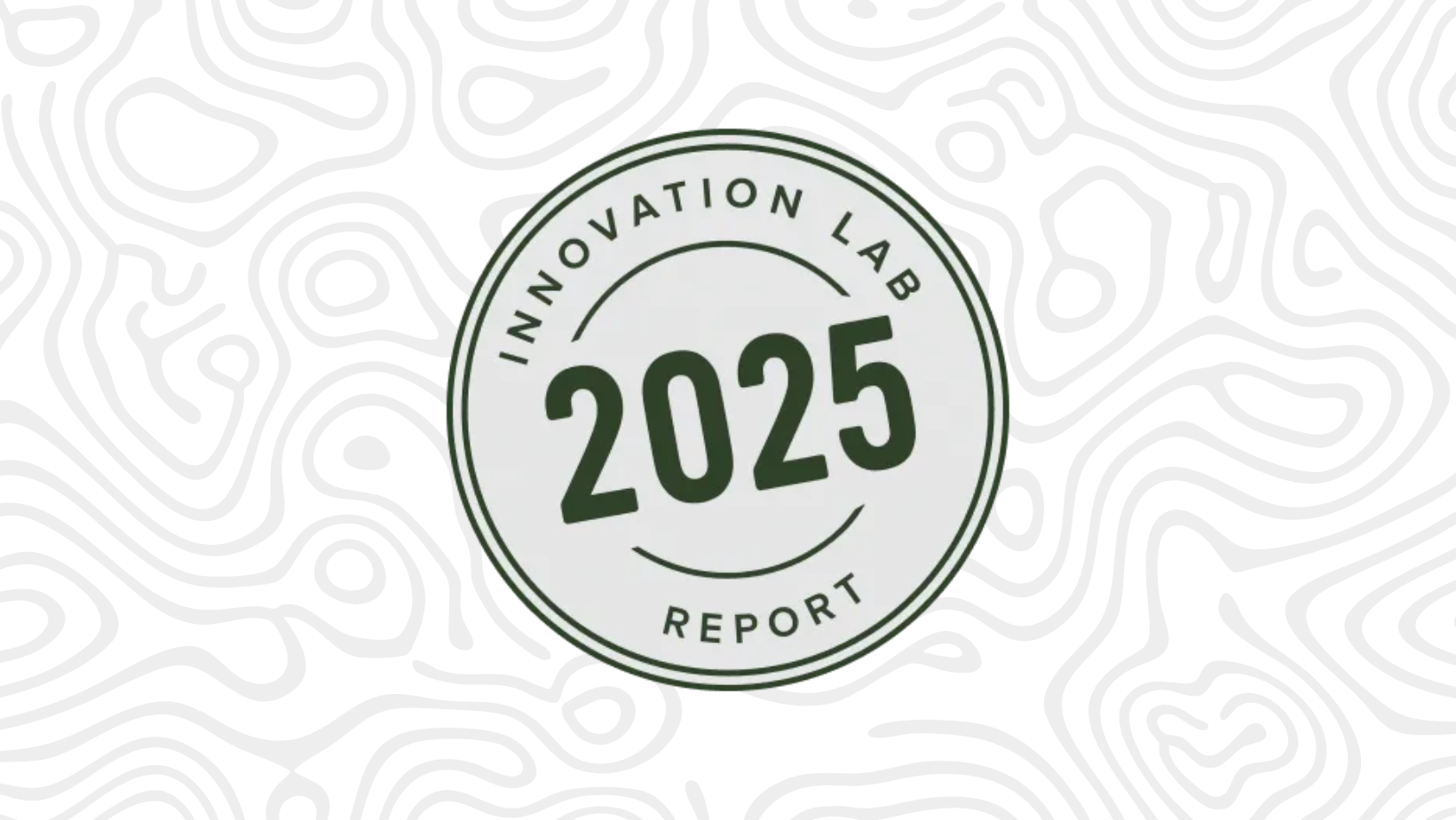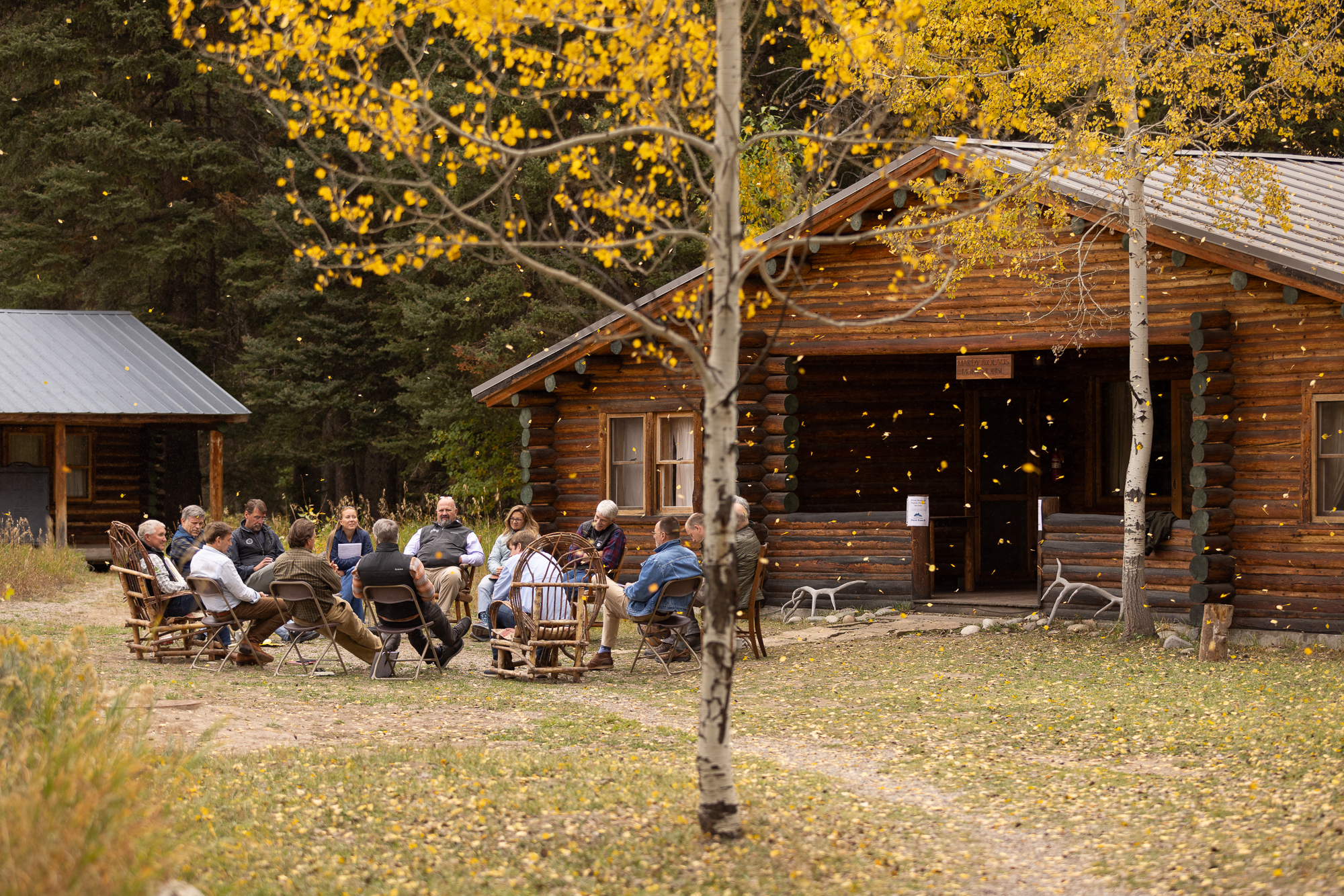The Lorax, a Dr. Seuss classic, is hitting the big screen this weekend. The Lorax is an odd, little character that intrepidly opposes a thneed manufacturing plant (whatever that is!) run by the Oncelor.
Similar to most environmental story plots, this one has a good environmentalist, the Lorax, that holds the moral high ground and a bad, greedy, profit mongering, capitalist, the Oncelor. In this story the Oncelor produces thneeds that appear to be in high demand. During production he clear cuts every last Trufulla tree, smogs the air, and clogs the water. As a result of the Oncelor’s insensitive activities the Brown Bar-ba-loots go hungry for there is no more Truffala fruit, the Swomee Swans can no longer croak a note, and the gills of the Humming Fish have become gummed. All in the name of profit. This, in the end, is also lost because the Oncelor puts himself out of business by extricating every last Truffala tree which are a needed input for thneed production.
In his strategy to garner attention for conservation, Dr. Suess misses the fundamental motivator: incentives. Industry and profit are not necessarily bad and harmful to the environment. Environmental problems are the result of conflicting demands on resources. Given well specified rights, negotiation will motivate the highest valued resource use. If the Truffala forest was open access for anyone to cut, it is possible that the Oncelor and others would race to harvest every last tree. Given ownership, however, the Oncelor is more likely to invest in future trees to ensure the possibility of future production. Weyerhaeuser, for example, is proud to announce that they plant millions of trees every year. They do so not to prove their conservation ethic, rather as an investment in timber for future production.
A bit of green PR doesn’t hurt, either. The list of movie sponsors is a bit surprising, to say the least. As you can imagine, the motivator of many of these sponsors is not just good green ethics as much as good for the bottom line. And that’s OK. If you want to change behavior, change the incentives. Profit is a good motivator. If you want to understand the fundamentals of environmental problems look at the property rights and follow the incentives. Well specified property rights encourage long-term stewardship and ensure accountability. That is the moral of my story.
I have not yet seen “The Lorax” movie but will think about how the storyline may differ given well specified property rights when I do. Indeed, the global trend over several decades has been better property rights, more economic freedoms, and increased prosperity. I do care about the environment, both near and far. And I see things getting better, they really are!
Originally posted at Environmental Trends.



